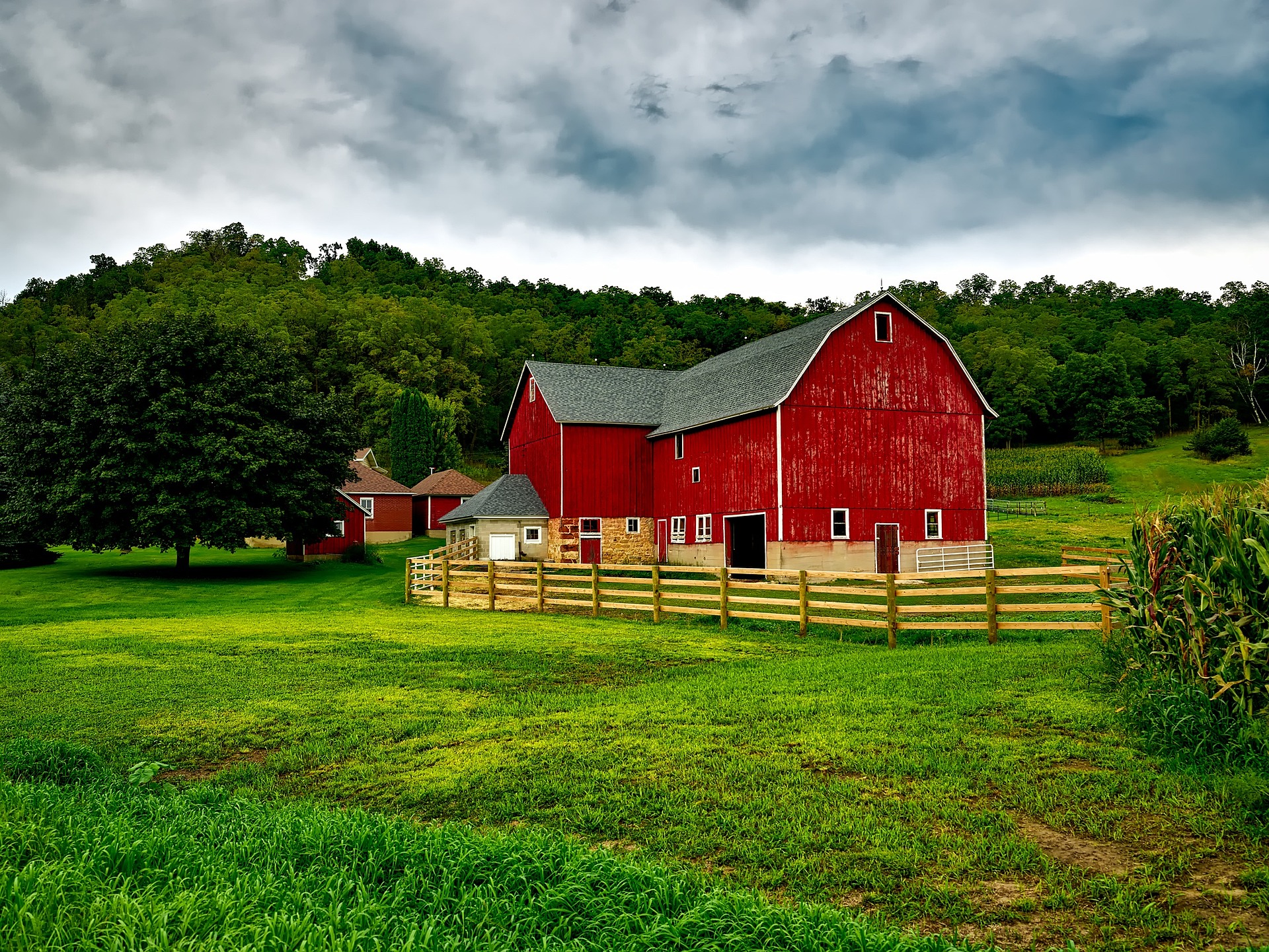Images such as a red barn can influence how consumers view agriculture and it’s not always for the better.
Agriculture is an evolving and changing industry. Over the past century a lot has changed in how ag operates, and while some consumers are aware of that, other consumers are still holding onto outdated views.
One image in particular that consumers often think of when it comes to agriculture is that of a farmer in overalls standing next to a red barn with his cow and horse. This picture and the thoughts around it are commonly referred to as the red barn myth.
“The perception in that picture is exactly the view I think a lot of people have in the back of their mind about agriculture. And so, they’re not very surprised when something reinforces that, like an ad for something that comes from an agricultural origin. But it’s really important that we leave that picture behind,” Ellen Goddard, professor in the department of resource economics and environmental sociology at the University of Alberta, says on the Nov. 30 episode of Seed Speaks.
The reality is that agriculture has moved far beyond that image, Goddard says. For one not all farmers are male or white, as the industry is much more diverse. There’s also a lot more to agriculture away from farms, such as the work that is done in labs to develop crops.
Shayla Wourms, thinkAG manager for Ag in the Classroom, says a lot of the work they do with grade school students is helping to expand their views on agriculture away from what they may see driving by a field.
“We want to make sure we tell that story, as well as just encouraging students to understand their place in agriculture in the future. If they love math and science, there’s a place for them, we need them to understand that. It’s not just a dirty hands-on job,” she explains during the Seed Speaks episode.
A lot of how consumers view agriculture is based on their own personal experiences. Many have some history of farming, whether that was because their parents, grandparents or even great-grandparents lived on a farm. Goddard says this is how some consumers will picture agriculture, meaning the image they may have is that of the red barn because their grandparents did actually have one.
And while the red barn image may be dated, both Goddard and Wourms agree it still has a spot in sharing the agriculture story with consumers.
“It’s not to say that we want to leave it behind. But it’s ultimately that it’s growing, we want that image to grow, we want it to be added upon and diversified in terms of just what the other images may be that go along with it,” Wourms explains.
The images agriculture uses are critical. In Wourms work with Ag in the Classroom they have found people are extremely visual, whether that be from pictures or videos, many rely on that as their way to get information. They’re finding that with video it’s important the person speaking is using the right body language and voice inflection, as that is how trust is established.
“If we use video to our advantage and showcase the full picture of agriculture, whether that’s you working on machinery, or your family out on a field meal. Those are really important moments to be capturing and speaking to, because they’re really going to establish that trust,” Wourms says.
In Goddard’s own studies, she has found that images used in the past to go against agriculture technology such as a hypodermic needle going into a tomato, have had huge impacts on consumers’ willingness to embrace new technologies moving forward.
“We have to be very careful about the images. We can counteract some of those things that people find a bit scary by farmers saying, ‘This is why I use things,’” Goddard explains.
Goddard has found that consumers have high levels of support for farmers, but that doesn’t always transfer to the technology they use. If farmers are able to explain the technology they use and why they need it, she has found consumers will be more willing to be supportive.
Related Articles
The Buzzword Gap Between Ag and Consumers





